You might also be interested in this
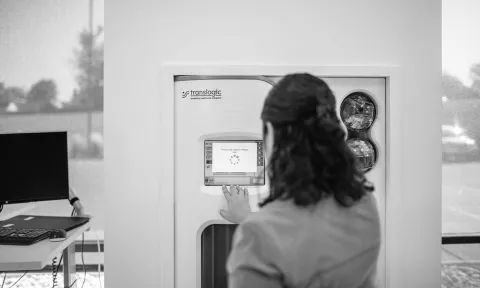
Customer Pledge
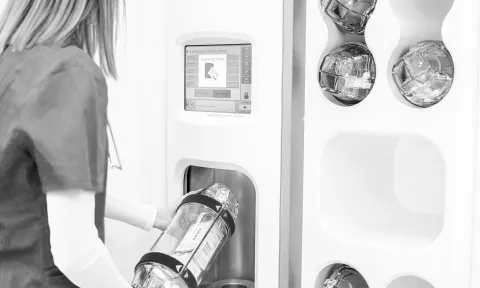
Superior Transport Automation
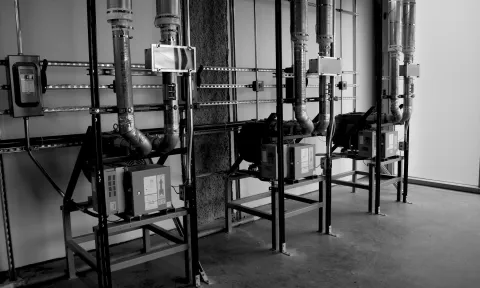
Pneumatic Tube System Components
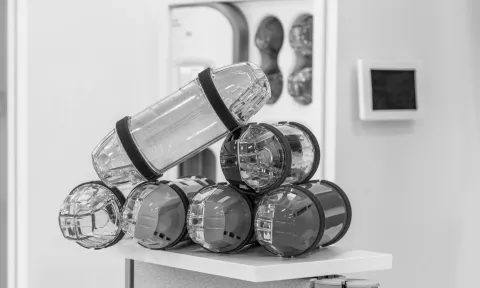
Carriers and Accessories
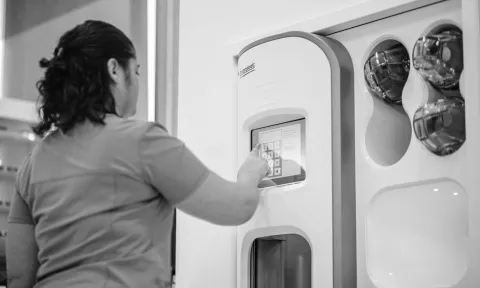
Stations
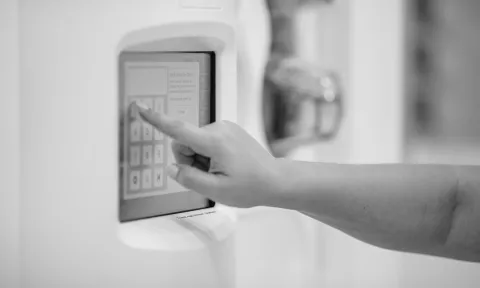
TransLogic V8
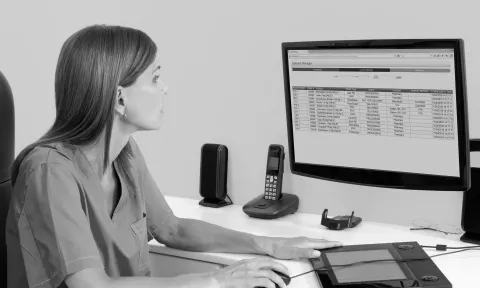
Delivery Manager Material Tracking Software


Happier Employees Mean Better Patient Outcomes
Reading Time: 5 min.
5/2/2025
Healthcare workers face challenges unlike any other industry. Their work directly impacts the lives of patients, who at the moment, may be facing some of the most difficult hurdles they’ve encountered. Then there’s the stressors, though not exclusive to healthcare, that come with hospital work – long hours, lean staffing, natural disasters, etc. For hospital leadership, understanding and implementing strategies to enhance worker satisfaction is essential, not just because of the financial burden of the turnover, rehire, training cycle, but because it has a direct impact on care. With that said, here are five effective ways to boost hospital worker satisfaction.
Pharmacy automation technology has certainly changed the way medications are dispensed and managed in hospitals. By automating routine or mundane tasks (like managing inventory), this technology can significantly reduce the workload and liability on pharmacy staff, allowing them more flexibility in their workflow thereby reducing stress.
Benefits of Pharmacy Automation Technology:
In short, investing in automation technology allows hospital pharmacy staff, nurses, and providers, to focus on higher level tasks leading to higher worker satisfaction and improved patient outcomes.
Pneumatic tube systems are an innovative solution for transporting medications, lab samples, and documents quickly and efficiently throughout a hospital. They’ve been in hospitals for some time now, but that doesn’t mean they haven’t advanced alongside other technologies. To compare an old hospital tube system to a modern tube system would be similar to comparing a corded phone to a modern smart phone – sure they’re both means of communication but one is much more capable. Considering the frequency of use, upgrading the pneumatic tube system is another area where investment can improve operations for workers.
Benefits of a Modern Pneumatic Tube Systems:
Implementing pneumatic tube system upgrades can streamline hospital operations, reduce staff workload, and improve overall efficiency, contributing to higher worker satisfaction.
Creating a positive work environment is essential for boosting hospital worker satisfaction. This involves promoting a culture of respect, collaboration, and support among staff members.
Strategies to Foster a Positive Work Environment:
In the end, by fostering a positive work environment, hospitals can create a supportive and collaborative atmosphere that enhances worker satisfaction and retention.
Engaged employees are more likely to be satisfied with their jobs and committed to their organization. Enhancing staff engagement involves creating opportunities for staff to be actively involved in decision-making and hospital initiatives.
Strategies to Enhance Staff Engagement:
Through enhancing staff engagement, hospitals can create a more motivated and committed workforce, leading to higher satisfaction and better patient care.
As is the case with pharmacy automation and pneumatic tube systems, investing in modern technology across the board can significantly improve the work environment for hospital staff. This includes upgrading medical equipment, implementing electronic health records (EHRs), and improving hospital facilities.
Benefits of Investing in Technology and Infrastructure:
By auditing and integrating technology, hospitals can create a more efficient and supportive work environment, leading to higher satisfaction among staff.
Boosting hospital worker satisfaction is essential for both the bottom line and for improving patient outcomes. By investing in technology and infrastructure and making some cultural shifts, hospital leadership can significantly enhance worker satisfaction. These strategies not only improve the efficiency and effectiveness of hospital operations, which is a win-win, but also contribute to a more motivated and committed workforce.








Contact our knowledgeable specialists to discover how our range of automation solutions can boost efficiency, reduce costs and enhance care at your healthcare facility.
Contact us